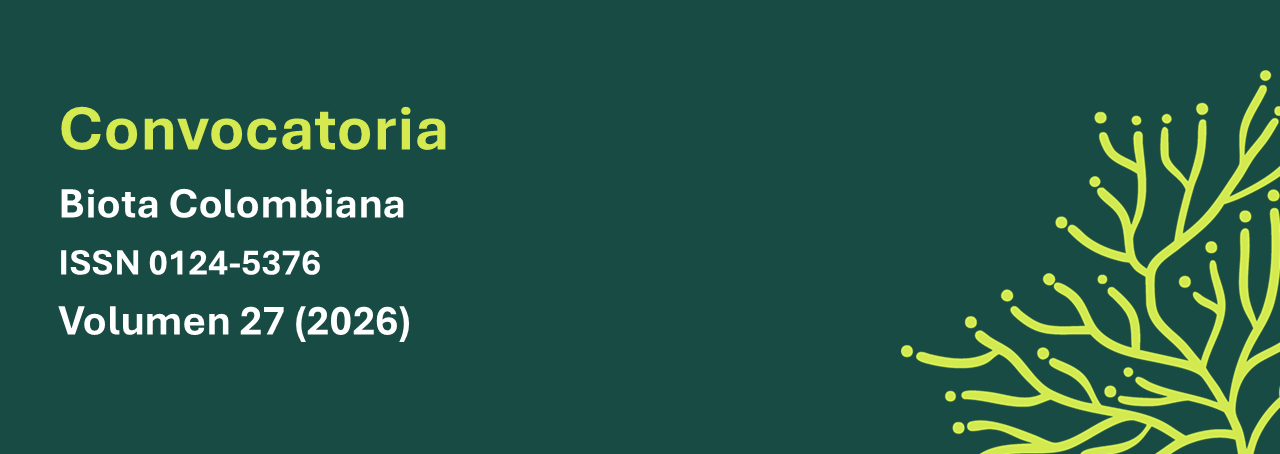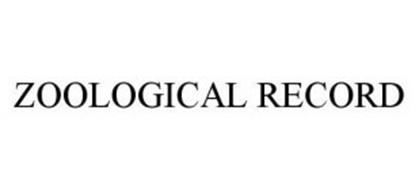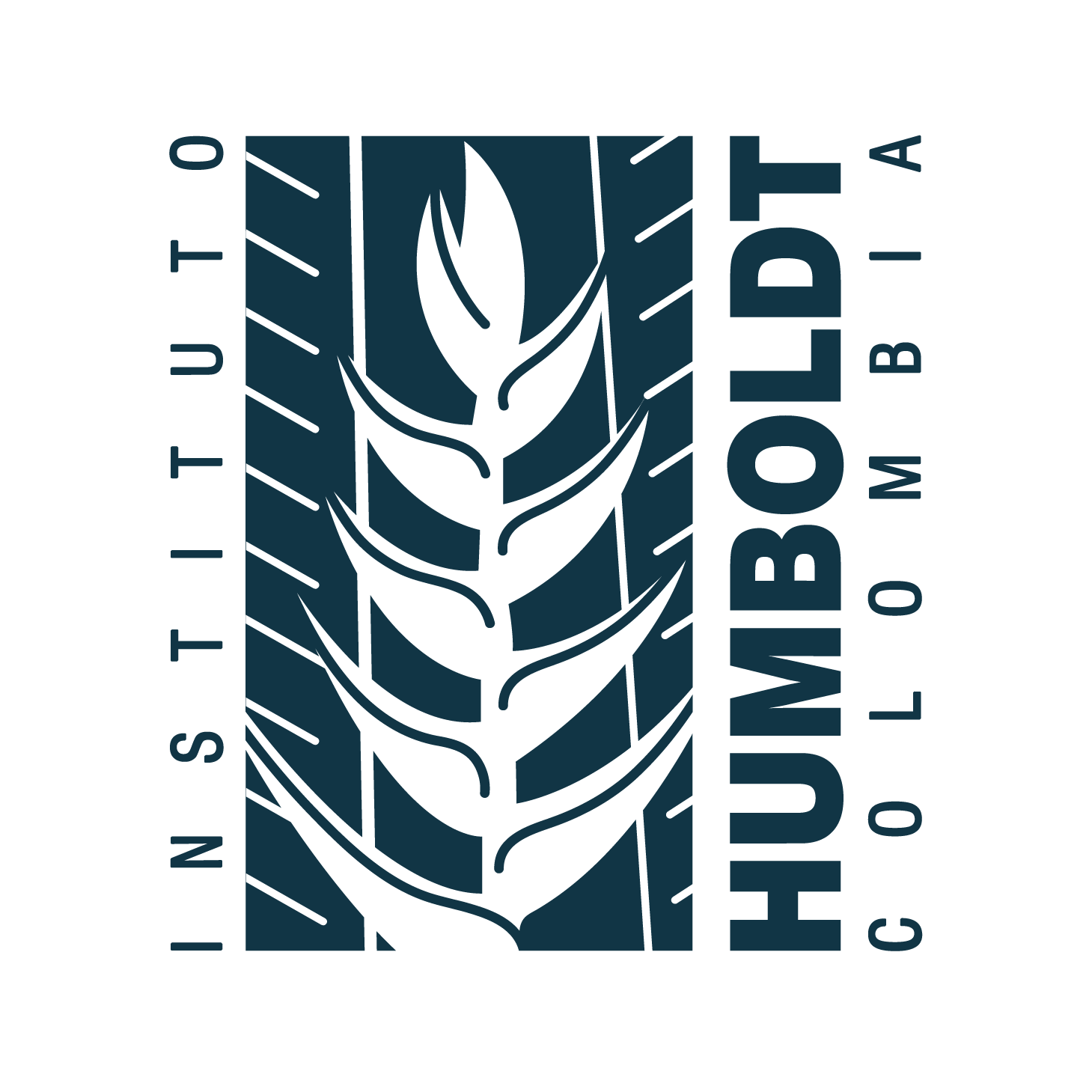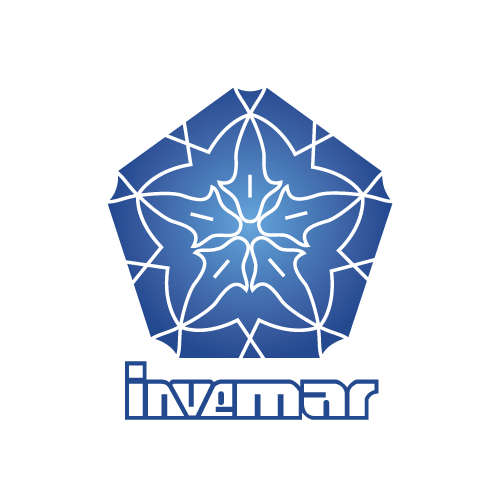Recibido: 8 de enero de 2024; Aceptado: 23 de septiembre de 2024; : 20 de enero de 2025
Resumen
Este documento aporta 15 nuevos registros a la lista de presas del género Chironius en Ecuador, a partir del estudio de 89 especímenes de siete especies ecuatorianas. Los resultados concuerdan con reportes previos del género Chironius sobre su preferencia alimenticia por pequeñas presas ectotermas, específicamente anuros. Al igual que otros estudios, los datos indican que las especies de Chironius que habitan en la cuenca baja del Amazonas tienen una dieta extensa de anuros que consiste, principalmente, del grupo más diverso de la región, la familia Hylidae. En contraste, las especies que habitan los Andes tropicales podrían estar más especializadas por el grupo de anuros más diverso de la región, el género Pristimantis. El porcentaje de presas registradas según su actividad y hábitos sugiere que las especies del género Chironius forrajean a sus presas durante periodos diurnos y ocasionalmente nocturnos. Solo el 13,4 % del material examinado en este trabajo presenta contenido estomacal, lo que refleja las limitaciones de desarrollar estudios tróficos en serpientes con material de museo y las restricciones de las observaciones oportunistas.
Palabras clave:
serpiente, rana, depredación, estudios tróficos, lista de presas.Abstract
This document contributes 15 new items to the prey list of the genus Chironius in Ecuador, based on an examination of 89 specimens of seven Ecuadorian species. The results agree with previous reports of the genus Chironius on its feeding preference for small ectothermic prey, specifically anurans. Like other studies, data indicate that Chironius species inhabiting the lower Amazon basin have an extensive anuran diet consisting mainly of the most diverse group of anurans in the region, the family Hylidae. In contrast, species inhabiting the tropical Andes may be more specialized for the most diverse group of anurans in the region, the genus Pristimantis. The percentage of prey recorded according to their activity and habits suggests that species of the genus Chironius forage on their prey during diurnal and occasionally nocturnal periods. Only 13.4% of the material examined in this work presents stomach contents, which reflects the limitations of developing trophic studies on snakes with museum material and the restrictions of opportunistic observations.
Keywords:
snake, frog, predation, trophic studies, prey list.Introduction
The genus Chironius Fitzinger, 1826 (Dixon et al., 1993; Torres et al., 2022) is a monophyletic lineage of the family Colubridae. These arboreal snakes inhabit tropical rainforests, Andean forests, and open areas, from 0 to 2800 m.a.s.l. (Dixon et al., 1993; Marques et al., 2001; Uetz et al., 2022). Chironius is endemic to the neotropical region, ranging from Honduras and Nicaragua to southern Brazil, Uruguay and northeastern Argentina (Bailey, 1955; Dixon et al., 1993; Hollis, 2006; Klaczko et al., 2014). It consists of 22 formally recognized species in its complete distribution (Torres et al., 2019; Uetz et al., 2022), 8 of which are distributed throughout the three regions of mainland Ecuador (Torres et al., 2022).
Identified as active diurnal foraging snakes, they have a slender appearance with a head well differentiated from the body, rounded pupil and aglyphous dentition (Chippaux, 1986; Pérez & Moreno, 1991). These relatively large ophidians, which can reach up to 2 m in length, have a moderate to very long tail and smooth or keeled dorsal scales (only the paraventral ones), arranged in 10 to 12 rows at midbody (Dixon et al., 1993; Hollis, 2006; Klaczko et al., 2010). All species are oviparous and have terrestrial and arboreal habits (Torres et al., 2022). Their defensive behavior is always alert, reacting vigorously with the mouth open, inflating the gular region or vibrating the tail when disturbed or threatened (Natera et al., 2015).
The limited and basic information available on the feeding habits of Chironius is restricted almost exclusively to the lower Amazon basin (Dixon et al., 1993; Marques & Sazima, 2004; Marques et al., 2008; Bernarde & Abe, 2010; Nascimento et al., 2013; Torres et al., 2022). This paper provides new data on its diet in northwestern South America, specifically Ecuador, based on examined specimens in local scientific collections.
Materials and methods
A total of 89 specimens of Chironius deposited in the scientific collections of the Fundación Herpetológica Gustavo Orcés (FHGO), the Instituto Nacional de Biodiversidad (INABIO) and the Museo de Zoología de la Universidad Tecnológica Indoamérica (MZUTI) were examined. The specimens correspond to 7 of the 8 species identified for Ecuador (C. exoletus, C. flavopictus, C. fuscus, C. grandisquamis, C. monticola, C. multiventris and C. scurrula) (Appendix 2). An incision was made at the junction of the ventral scales with the dorsal scales, from where stomach contents of 12 specimens of 4 species of this genus (C. exoletus, C. fuscus, C. monticola and C. multiventris) were extracted (Appendix 1). Despite the advanced digestion process, these contents were identified with the help of specialized bibliography and specialists for each of the groups. Prey found in good condition were identified by considering the locality of the specimen and determining distinctive morphological features. For moderately digested prey, identification was based on locality and limb inspection, evaluating distinctive species markings in the inguinal region, limb shape, toe configuration and the presence or absence of membranes as evidence.
The results of this analysis were complemented with the bibliographic record of Ramírez & Pozo (2020), to update the list of genera and descriptively analyze the information collected for Ecuador.
Results
Fifteen prey items were identified for Chironius in Ecuador (including one already documented). Five of them correspond to C. fuscus, another five to C. monticola, three to C. multiventris and two to C. exoletus. Identification at various levels yielded the following results: at the species level, ten taxa: Boana almendarizae, Boana tetete, Boana maculateralis, Dendropsophus minutus, Scinax ruber, Pristimantis labiosus, Pristimantis luscombei, Pristimantis w-nigrum, Pristimantis eriphus complex and Anolis fuscoauratus; at the genus level, two taxa: Pristimantis sp. 1 and Pristimantis sp. 2; at the order level, two taxa: Anura (Appendix 1, Figure 1).
Figure 1: Remains of stomach contents found in snakes of the genus Chironius in Ecuador
The stomach contents obtained from the 12 Chironius specimens correspond to ectothermic prey, mainly Anurans (Appendix 1, Figure 2). Terrestrial frogs (Strabomantidae) account for 44% of the total record (7 prey items), with 6 species of nocturnal activity and mostly arboreal-terrestrial habits (except for Pristimantis labiosus, a arboreal/diurnal-nocturnal species). Tree frogs (Hylidae) account for 37.5% (6 prey) of 5 species of nocturnal habits and arboreal distribution. Two amphibian samples were not determined due to their advanced stage of digestion (14.2%). Finally, Reptiles (Iguanidae) represent 7 % (or 1 prey), with a diurnal species of arboreal habits (Figure 2).
Figure 2: Descriptive interaction networks of Chironius species and prey consumed in Ecuador.
Discussion
This study concurs with previous reports on Chironius’ feeding preference for small ectothermic prey, specifically anurans (Duellman, 1978, 2005; Pérez & Moreno, 1991; Dixon et al., 1993; Marques & Sazima, 2004; Marques et al., 2008; Bernarde & Abe, 2010; Nascimento et al., 2013; Roberto & Souza, 2020; Torres et al., 2022). Furthermore, it confirms that this highly frog-predatory genus generates direct interactions in the energetic flow of food webs in neotropical ecosystems (Marques et al., 2008; Wells, 2010; Nascimento et al., 2013; Zug et al., 2001).
Data indicate that Chironius species from the lower Amazon basin have a broad anuran diet that consists primarily of the most diverse group in the region, Hylidae (Marques et al., 2008). In contrast, species inhabiting the tropical Andes specialize in the most diverse group of anurans in the region, Pristimantis (Wells, 2010). Additional ectothermic prey (e.g., lizards) or endotherms (e.g., birds and mammals) are still occasionally recorded in most publications (Marques et al., 2008; Roberto & Souza 2020). However, Duellman (2005) and Marques et al. (2008) suggest that prey diversity could increase depending on seasonal dynamics and the availability of food resources.
Anuran diversity plays an important role in the diet of their predators. It influences their habitat use, feeding behavior and period of activity (Nascimento et al., 2013). Chironius is generally identified as an active diurnal forager that captures inactive nocturnal prey in their diurnal refuges, as well as active diurnal anurans and lizards feeding on the ground and in trees (Nascimento et al., 2013). Based on habitat and activity, the percentages of recorded prey suggest that species of the genus Chironius require foraging during diurnal and occasionally nocturnal periods.
Only 13.4% of the material examined had stomach contents and prey recorded were scarce. These conditions evidence the difficulty of developing trophic studies on snakes with museum material and restricting the information to opportunistic observations (Martins et al., 1993; Hayes, 2002; Pombal Jr., 2007; Rodrigues, 2008; Oliveira, 2008; Barrio, et al., 2011; Bovo & Sueiro, 2012; Rodriguez & Marinhno, 2014; Passos et al., 2017; Sudre et al., 2017; Ramírez-Jaramillo & Pozo, 2020).
While Chironius species distributed in the tropical forests of the Brazilian Amazon are well documented in terms of diet, the summary of records for Ecuador and other South American countries (such as Peru or Colombia), and most of the areas where the genus is distributed, is still scarce. Roberto & Souza (2020) presented the first compendium identifying 139 prey items for 18 species of the genus Chironius. This work documents 13 additional records for the upper Amazon basin and tropical Andes, amounting to 152 prey records for the genus.


















